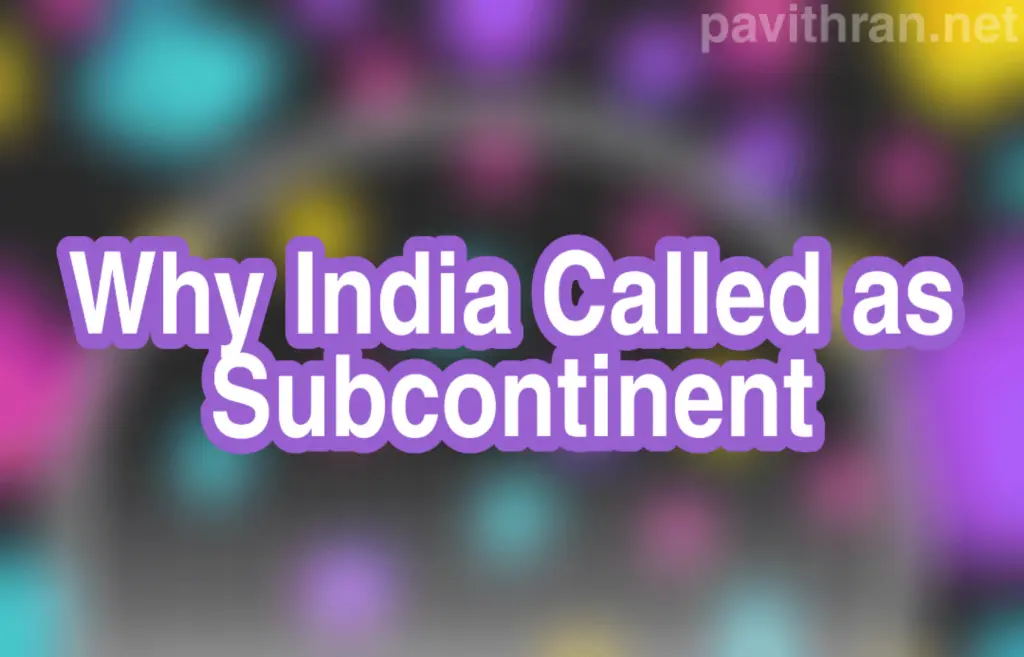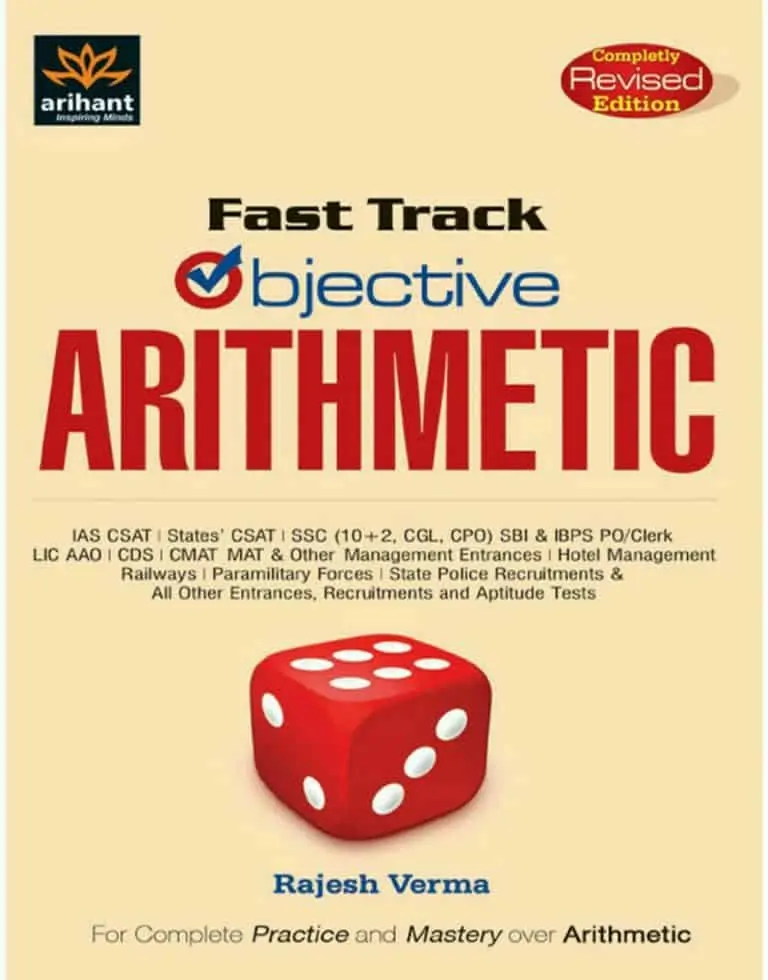Why India Called a SubContinent?

Here I will explain why India called subcontinent and more to know about India and its unique features which make it a Subcontinent
What is Sub-Continent?
A vast continuous landmass surrounded by water on all four sides is called a Continent. While a part of continent which is complete geographical, cultural and environmental point of view is called a Subcontinent
A large distinguishable part of a continent, such as North America or the part of Asia containing India, Pakistan, and Bangladesh
What do you mean by Sub-continent?
Subcontinent is known to be a part of Continent or separated from a Continent but it is considered either geographically or politically as an independent entity or it might be smaller than a Continent.
A large area of a continent that stands distinct from the rest of the continent and possess almost all the characteristics of a continent.
India is often called a Subcontinent because of its distinct landmass as it has many features as same as of continent. At earliest, India is in Africa due to continental drift Indian plates separated and moved & merged to become part of Asia
India is the Subcontinent of Asia.
Politically Indian Subcontinent includes 6 countries .They are
| 1. India | 2. Pakistan |
| 3. Bangladesh | 4. Bhutan |
| 4. Maldives | 5. Nepal |
| 6. Srilanka |
India has been a subcontinent of Pluralism, pluralism in culture, religion, languages and traditions yet the Indians share a common history and have been accommodative to each other. The unique feature of India is defined as Unity in Diversity. In the past, India lacked political unity, yet Indians have nurtured a culture of peaceful co-existance.

ABOUT-INDIA
1. India is the 2nd most populous country & 7th largest country by area and the most populous Democracy in the World.
2. India is often called a Sub-continent.
3. It is situated in the North of the Equator between 8°4′ north to 37°6′ north latitude and 68°7′ east to 97°25′ east longitude.
4. India is the Largest Democracy in the World and a Peninsular plateau (i.e) three sides surrounded by Water(Bay of Bengal in the east, Arabian Sea in the west & Indian Ocean in the south) & one side is Land.
5. India is the place of Origination of many religions such as Buddhism, Jainism, Sikhism.
6. India is a federal union consists of 28 States and 8 Union Territories.
7.Geographically India is divided into four divisions
- The Great Himalayan Mountains
- The Great Indo-gangatic Plains
- The Great Deccan Plateau
- The Coastal Ghats
8. India has 7 neighbouring Countries. They are China, Pakistan, Afghanistan, Bhutan, Myanmar, Bangladesh, Nepal, Maldives & Sri Lanka.
What if the Indian Subcontinent Was ONE Country?
These Countries are combined together to be called Indian Subcontinent as once in the History they were part of India.
Why is India called the subcontinent?
Indian is often called a Subcontinent as it has almost everything within its Geographical Area. Due to its plenty of Natural resources and Nature’s Gift they have everything to stand apart from other Nations. In India, It covers an extensive Land that includes the Himalayan region, Desert, Coastal plains, Plateaus, Grasslands. India is the home of Buddhism, Jainism & Sikhism. According to Census, More than 19,500 languages are spoken in India as mother tongue and has distinct traditions and Cultural diversity constitute it as a Subcontinent.
Indian Subcontinent
India appears as a independent geographical regions situated in the south of Asia. In North-West of India lies the Kirthar, Suleman & Hindukush mountain range from where Himalayas extend upto North-East, which runs in Western Myanmar, parallel to Coast of Bay of Bengal from South to North touches the Himalayas. These High and insurmountable mountain ranges separate the Indian Subcontinent from the rest of Asia.Southern India is a Penisular surrounded by Bay of Bengal in the East, Arabian Sea in the West, Indian Ocean in the South. This region of Southern Asia is called Indian subcontinent because from all directions it is impermeable and insurmountable.
READ MORE: India through maps by Prem patel pdf
Why India is called Subcontinent ? what does subcontinent mean ?
Related Post:-
- Atlas of India Book by Dreamland PDF Download
- Indian Currency Notes-Recently Released Notes and its motifs
- Indian Railway zones with Headquarters & Divisions
Useful Books for Competitive Exams
Best Books for Competitive Exams [PDF]
Disclaimer: Pavithran.Net doesn’t aim to promote or condone piracy in any way. We do not own any of these books. We neither create nor scan this Book. The Images, Books & other Contents are copyrighted to their respective owners. We are providing PDFs of Books that are already available on the Internet, Websites, and Social Media like Facebook, Telegram, Whatsapp, etc. We highly encourage visitors to Buy the Original content from their Official Sites. If any way it violates the law or if anybody has Copyright issues/ having discrepancies over this post, Please Take our Contact Us page to get in touch with us. We will reply as soon as we receive your Mails.
We Need Your Support. Please Share the Link if it is helpful to your Cherished circle





![Complete Guide for RRB Group D Level 1 Exam [4th Edition -2024] - Disha Experts](https://www.pavithran.net/wp-content/uploads/2025/03/Complete-Guide-for-RRB-Group-D-Level-1-Exam-4th-Edition-2024-Disha-Experts-785x1024.webp)